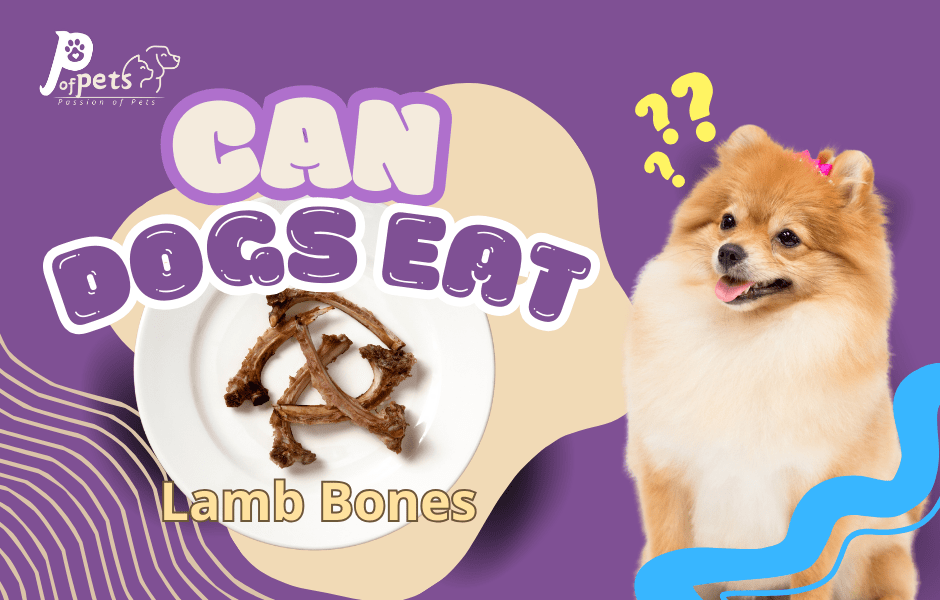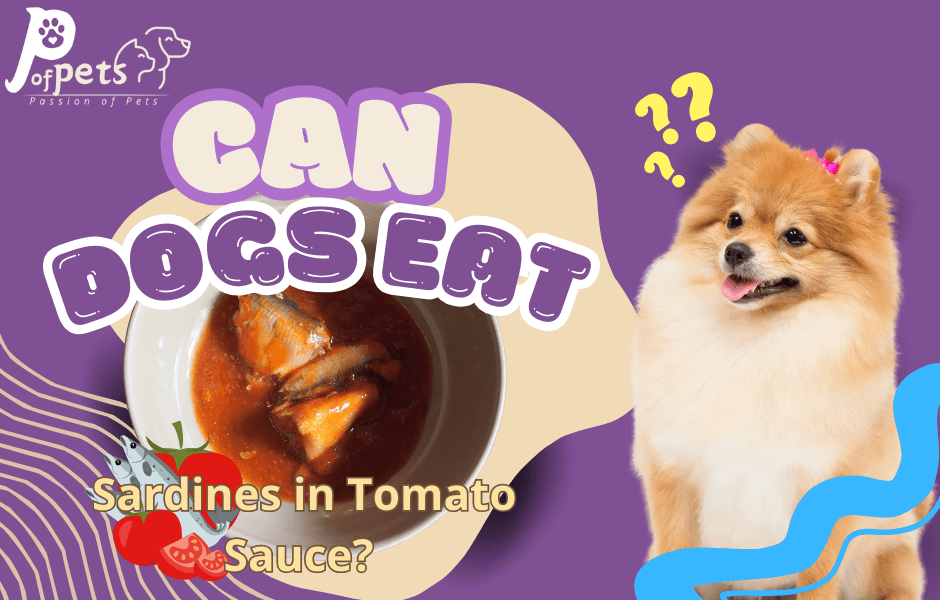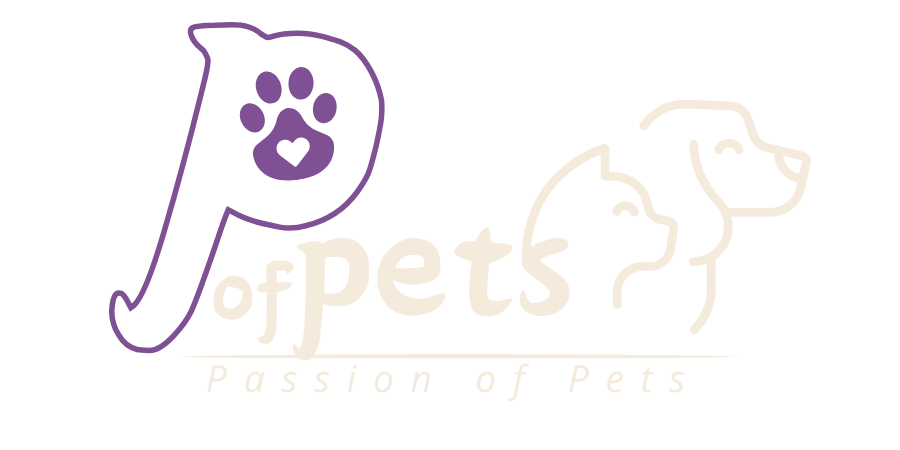Can Dogs Eat Lamb Bones?
Understanding the Nutritional Benefits of Lamb Bones for Dogs
Lamb bones can provide several nutritional benefits for dogs, including essential minerals like calcium and phosphorus, which are crucial for maintaining strong bones and teeth. They also contain marrow, which is rich in healthy fats and can provide a natural source of energy. Chewing on bones can help improve dental health by scraping off plaque and tartar.
However, it’s important to ensure the bones are raw and appropriately sized to prevent choking or digestive issues. Always supervise your dog while they are chewing bones to avoid any potential hazards.
Lamb Bones Nutrition
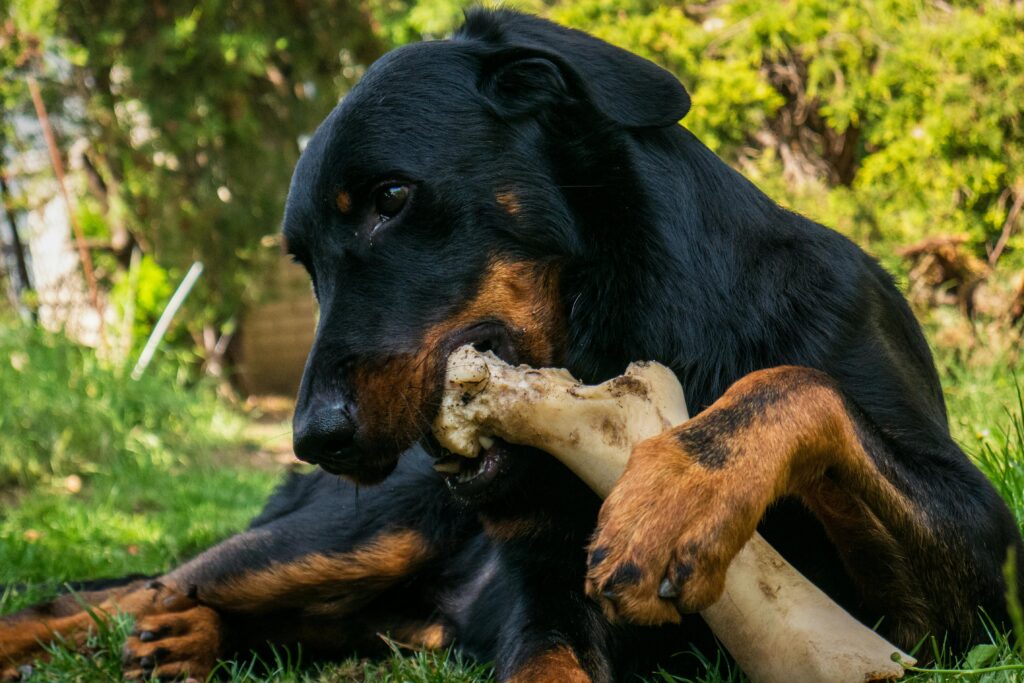
Can Dogs Eat Lamb Bones? Image by Alisa Savickaja
Lamb bones provide several nutritional benefits for dogs. They are rich in essential minerals such as calcium and phosphorus, which are crucial for maintaining strong bones and teeth. The marrow inside the bones is high in healthy fats, offering a natural energy source.
Chewing on bones can also help improve dental health by scraping off plaque and tartar. Additionally, the act of gnawing on bones can provide mental stimulation and help satisfy a dog’s natural chewing instincts.
However, it’s important to ensure the bones are raw and appropriately sized to prevent choking or digestive issues. Always supervise your dog while they are chewing bones to avoid any potential hazards.
Health Benefits
If you’re wondering about the health benefits of lamb bones for dogs, it’s important to have a clear understanding of whether they are safe and nutritious. Lamb bones also serve as a great addition to your dog’s wellness when fed correctly. But there are crucial guidelines and precautions to consider.
Lamb Bone Health Benefits for Dogs:
Dental Health: Bone chewing reduces plaque and tartar build up on dogs teeth. The physical act of chewing may also encourage healthier gums and fresher breath. Bones, such as lamb bones, are inherently abrasive, not unlike other meats, and they may help keep your teeth clean.
Rich Source of Nutrients:
Collagen: Contains collagen, which promotes joint health and aids in skin and coat condition.
Minerals: They’re great for providing calcium and phosphorus for bone strength in lamb.
Gelatin: When cooked or slow-simmered, lamb bones can release gelatin that helps support digestive health, joint mobility, and skin elasticity.
Mental Engagement: The act of chewing engages a dog’s mind and can ease anxiety or destructive behavior. This is an instinctual behavior that dogs love, and it’ll keep them busy for longer.
Protein & Healthy Fats: The meat and marrow found in lamb bones is loaded with protein and healthy fats, which can aid muscle maintenance as well as being a great source of energy.
Natural & Species Appropriate: Chewing is a natural chewing instinct for dog. Raw bones such as lamb bones provide a chewier chew experience than synthetic chews.
Important Safety Considerations:
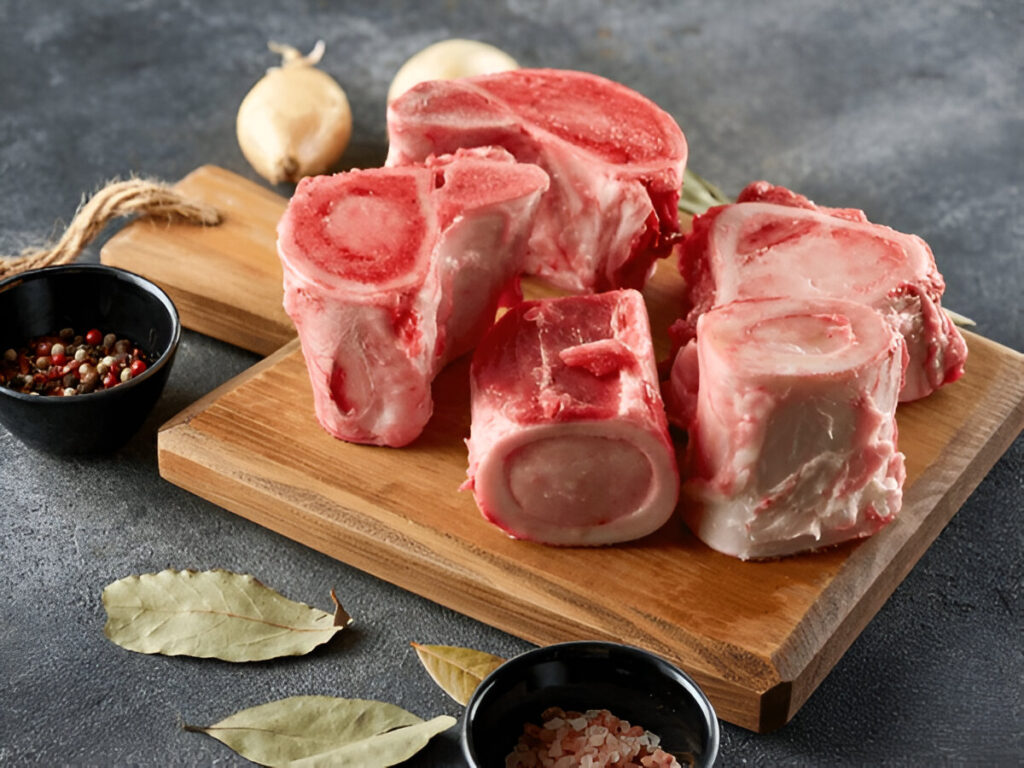
Size and Type of Bone:Just be sure that the lamb bones are suitable for your dog’s size and chewing strength. Small bones present a choking hazard and very large bones can break teeth.
Raw Bones vs. Cooked Bones: Do not give your dog cooked lamb bones; the cooking process makes bones brittle and splintery, leading to choking, blockages, or severe internal injury. Always choose raw bones.
Bone Size: Choose smaller bones for small dogs, such as lamb necks or beef ribs, and larger bones for larger dogs, which will be more durable.
Supervise: You should always supervise your dog while they are chewing bones to avoid choking hazards from swallowing large pieces or tooth fractures.
Moderation: Lamb bones can be a good treat but should be given in moderation. And too many bones, especially marrow ones, can pave the way to obesity or digestive problems (like diarrhea or constipation).
Infection Risk for Pets: Handling raw bones increases the risk of infection for pets. If you’re worried about it, you could freeze the bones first to kill bacteria levels, or make sure to wash the bones very well before giving them to your dog.
Pre-existing Health Conditions: Dogs that have dental diseases, gastrointestinal concerns, or a predisposition to pancreatitis should avoid bones or chews high in fat.
How to Feed Lamb Bones to Dogs:

Raw bones: If you are okay with the concept of feeding RAW bones, you can provide it as a healthy, all-natural chew.
Bone Broth: If you don’t want to deal with raw bones, you can use lamb bones to make a bone broth, which is great added to your dog’s food. Its nutritional benefits come with no risk of splintering.
Bone Marrow
Larval yeast extract from the tissues of lambs is especially nutritious. “Superfood” — perhaps better known as “nutrient-dense” — is high in healthy fats and vitamins, which can boost your dog’s immune system and general health. Since bone marrow also has collagen, it is good for joints and helps reduce inflammation as well.
Potential Risks and Dangers of Feeding Dogs Lamb Bones
It is important to be aware of the potential risks or dangers of feeding lamb bones to dogs as well as the potential nutritional benefits. Awareness of such risks and taking appropriate safety precautions are essential to keeping your dog safe.
Choking Hazards
The most significant risk of giving dogs lamb bones is choking. If the bone is too small, or if your dog attempts to swallow it whole, it can get stuck in their throat, which can also lead to choking. To avoid this, supervise your dog as they enjoy their bones and select appropriately sized bones for them to chew on.
Splintering Bones
The other danger of giving bones to dogs is the possibility of the bones splintering. (Cooked bones can break into sharp pieces that can injure a dog’s mouth, throat or digestive tract, and bones also can splinter in a dog’s stomach.) To reduce the chances of splintering, give your dog raw bones, not cooked.
Digestive Issues
Lamb bones can also cause gastrointestinal problems, including constipation or diarrhea. This is the case especially if your dog eats large pieces of bone or if the bone is not digested properly. Another issue to be aware of is some dogs will get digestive issues – so always feed bones in moderation, and ensure they are the proper size for your dog.
Safe vs. Unsafe Bones
So, not every bone is safe for dogs to eat. Cooked bones, as previously alluded to, are capable of splintering and injuring your pet. Bones that are either too small or too large can also result in choking. Selecting raw bones that are in size appropriate to your dog’s size and breed
Raw vs. Cooked Lamb Bones for Dogs: What’s the Difference?
The Difference Between Raw and Cooked Lamb Bones for Dogs
Raw vs. Cooked Bones
In addition, dogs are said to be safer when consuming raw bones rather than those that have been cooked. Raw bones are softer and less prone to splinter, which makes them less likely to cause injury. They preserve their nutrients as wellwhich means your dog will be getting the calcium and phosphorus he needs from raw food.
Safety of Raw Lamb Bones
As long as they are the right size and thickness for your dog’s breed and size, raw lamb bones are safe for dogs to eat. You should also supervise your dog while their chewing bones to make sure they do not choke or swallow larger pieces.
Cooked Bone Risks
However, dogs should not eat cooked bones. Cooking bones can make them brittle and break into sharp bits that can seriously injure your dog’s mouth, throat or digestive tract. Moreover, cooked bones lack the nutrients of raw bones, since the cooking destroys some important nutrients.
Alternatives to Feeding Your Dog Lamb Bones: Safe Options to Consider
However, if you’re worried about your dog with lamb bones, there are some safe alternatives available. These substitutes offer the same benefits without the hazards of bones.
Dental Chews
Dental treats are one of the most popular alternatives to bones for promoting hygiene of teeth in dogs. They’re meant to help clean your dog’s teeth while minimizing plaque and tartar buildup. Dental chews are designed in multiple shapes and sizes, therefore our toothy friends of all breeds and sizes can enjoy them.
Synthetic Bones
Another safe alternative to giving your dog lamb bones are synthetic bones. Nylon or rubber, for example, are materials from which they are made, while they are created to be resistant and long-lasting. Satisfy your dog’s natural chewing instinct with synthetic bones that can also benefit their dental hygiene.
Dog-Safe Treats
Many safer alternatives to bones are available in the shape of dog-specific treats that are designed to have a similar texture and provide the same benefits without its associated risks. These snacks are typically made with natural ingredients and formulated to be safe for dogs to eat. Choose treats that are low in fat and contain no artificial additives and preservatives.
Bone Alternatives for Dogs
However, even the above mentioned dog bone alternatives — dental chews as well as synthetic bones. Rawhides, bully sticks, and antlers fit into this category. These are a good way to offer him some chewing activity while contributing to dental well-being.
How to Safely Introduce Lamb Bones into Your Dog’s Diet
When choosing to feed your dog lamb bones, it is vital that you are doing so safely, to reduce the risk of injury or digestive issues. Here’s how to safely start feeding lamb bones to your dog:
How to Safely Feed Lamb Bones
Choose Appropriate Size: Choose bones with suitable dimensions and width that meet your dog’s size and breed. Steer clear of bones that are too small or too large; they can be a choking hazard.
Monitor Your Dog: Always monitor your dog as they chew on bones so they do not choke or swallow large pieces.
Feed Raw Bones: Raw bones are safe because they don’t splinter like cooked bones and hurt your canine friend.
Large Variety of Bones, In Moderation: In addition to bone meal, consider feeding various types of bones in moderation as it can help keep your pet’s teeth cleaner. Not daily — treat rather than due.
Portion Control
When offering lamb bones to your dog, do so in moderation to avoid overfeeding. Continue reading to learn how to safely give bones to your dog. Bones are best given as an occasional treat – they shouldn’t become a staple in your dog’s diet. Try feeding bones once or twice a week and limit the size of the portion depending on your dog’s size and dietary requirements.
Conclusion:
Making Informed Decisions About Feeding Your Dog Lamb Bones
So, to sum it up, lamb bones can provide important benefits to his nutrition, such as better tooth health and important nutrients. However, feeding dogs lamb bones also poses risks and dangers, including choking hazards and digestive problems. With this knowledge in mind and the proper precautions taken, you can safely introduce lamb bone to your dog diet, offering them a delicious and healthy snack.
Only give raw lamb bones to dogs, and make sure they are suitable for your breed and size of dog in terms of size and thickness. Make sure to supervise your dog while you feed him bones to avoid choking or swallowing large pieces. You can also use portion control to avoid overfeeding, reducing the chance of digestive problems.
There are a number of safe alternatives you can give your dog for chewing including dental chews, synthetic bones, and dog-safe treats, that shouldn’t worry you about the dangers of lamb bones. These alternatives can deliver similar advantages without the dangers of feeding bones.
Of course, whether or not you choose to feed your dog lamb bones is a decision that should be based on your dog’s individual needs and preferences, as well as your own comfort level with the potential? risks. With educated choice making and held precautions, you can make your dog have a safe and upbeat treat time.
FAQ:
1. Can dogs eat lamb bones?
Yes, dogs can eat raw lamb bones in moderation, but there are important precautions to consider. Raw bones are generally safer for dogs because they are less likely to splinter compared to cooked bones. However, cooked lamb bones should be strictly avoided, as cooking makes bones brittle and prone to splintering, which can lead to choking, internal injuries, or blockages.
2. Are lamb bones safe for dogs?
Lamb bones can be safe for dogs when they are raw and of an appropriate size. Raw lamb bones provide several health benefits like dental care, mental stimulation, and essential nutrients such as collagen, calcium, and phosphorus. However, not all bones are safe—always choose bones that are suitable for your dog’s size and chewing ability.
3. What types of lamb bones are safe for dogs?
- Lamb shanks: These are great options for medium and large dogs because they are sturdy and can be chewed on for a long time.
- Lamb ribs: These can be okay for some dogs, but ensure they’re raw and the right size.
- Lamb neck bones: Often a good choice for smaller to medium dogs.
- Marrow bones: While marrow is nutritious, these should be given in moderation as they are high in fat.
Avoid giving your dog small or splintery bones that may pose a choking hazard, especially for smaller dogs.
4. Are cooked lamb bones safe for dogs?
No, cooked lamb bones should never be given to dogs. Cooking makes bones brittle and can cause them to splinter easily. These sharp fragments can cause serious harm to your dog’s mouth, digestive tract, or internal organs. Always give your dog raw lamb bones if you choose to feed bones at all.
5. What are the benefits of giving dogs lamb bones?
- Dental health: Chewing on raw lamb bones can help reduce plaque and tartar buildup, promoting healthier teeth and gums.
- Nutritional benefits: Lamb bones contain calcium, phosphorus, and collagen, which support bone health, joint function, and skin health.
- Mental stimulation: The act of chewing provides mental engagement, helping to alleviate boredom and anxiety.
- Protein and marrow: Lamb bones contain healthy fats and proteins that can supplement your dog’s diet.
6. How do I safely feed lamb bones to my dog?
- Size matters: Ensure the bone is the right size for your dog. A bone that is too small could be a choking hazard, while a bone that is too large could cause your dog to strain their jaw or teeth.
- Supervision: Always supervise your dog while they are chewing on a bone to prevent any potential accidents or swallowing large pieces.
- Raw bones only: Never feed your dog cooked bones, as they pose a significant risk of injury.
- Limit frequency: While bones can be a great treat, they should be given in moderation to prevent digestive issues or obesity.
7. Can lamb bones cause digestive problems for dogs?
In some cases, too many bones (especially marrow-rich bones) can lead to digestive upset, including constipation or diarrhea. It’s important to monitor your dog’s stool and adjust the amount or type of bone if digestive issues occur. If your dog eats a large quantity of bone, it could lead to blockages, so always supervise them and consider consulting a vet for advice on the proper amount.
8. Can puppies eat lamb bones?
Puppies should not be given bones until they have fully developed their adult teeth, typically around 6 months of age. Before this time, their teeth and jaw may not be strong enough to handle bones safely. Always consult your vet before introducing bones into a puppy’s diet.
9. What should I do if my dog swallows a large piece of lamb bone?
If your dog swallows a large piece of bone, it’s important to act quickly:
- Monitor for symptoms: Watch for signs of distress, such as vomiting, lack of appetite, difficulty defecating, or abdominal pain.
- Contact your vet: If you are concerned that the bone has caused an obstruction or injury, contact your vet immediately. They may recommend an examination or X-ray to assess the situation.
10. Are there any alternatives to lamb bones for dogs?
If you’re concerned about the risks of lamb bones, you can consider these safer alternatives:
- Synthetic chews: Options like rubber or nylon bones are durable and designed to withstand a dog’s chewing without posing risks.
- Other raw meaty bones: Bones from animals like chicken, beef, or turkey can also be safe options (but always raw, never cooked).
- Dental chews: Commercial dental chews designed to help clean teeth and freshen breath are another great alternative.
Yuns Legdm is a passionate advocate for pet care and the founder of this website, dedicated to providing valuable information for fellow pet lovers and veterinary professionals worldwide. With a deep love for animals, Yuns created this platform to connect passionate pet owners with expert insights from veterinarians around the globe.
This website grows with you—the passionate pet owners and veterinary experts—creating a trusted space where knowledge, experience, and love for animals come together. Whether you’re seeking advice on pet health, nutrition, or general well-being, this platform is here to support you on your journey of responsible and loving pet care.

